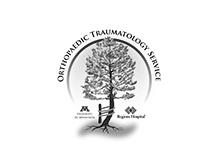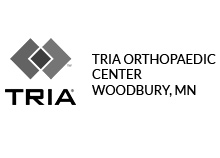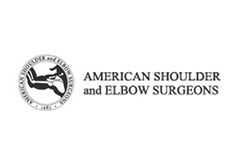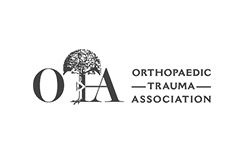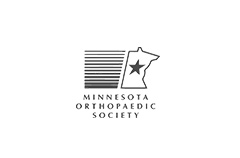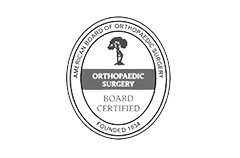Healthcare News
Shoulder Pain When Throwing a Ball
To move your shoulder joint, the muscles, tendons, ligaments, and bones all have to move in a synchronized and stable pattern. Because of this, subtle abnormalities can lead to shoulder pain and discomfort when you are throwing or afterward.
Anatomic TSA, RSA may yield similar outcomes for cuff intact glenohumeral OA
Outcomes after total shoulder arthroplasty were linked to anatomical accuracy. Reverse shoulder arthroplasty did not show any relationship between anatomical accuracy and postoperative outcomes.
How Does Rheumatoid Arthritis Affect the Shoulders?
Rheumatoid arthritis (RA) is known for causing all-over inflammation and pain. It happens when the immune system malfunctions and attacks the synovium, the lining of the joints. RA can target the synovial lining of the shoulder joint.
Rotator Cuff Tendinopathy Diagnosis, Nonsurgical Medical Care, and Rehabilitation: A Clinical Practice Guideline
This evidence-based clinical practice guideline (CPG) aims to guide clinicians with recommendations covering the assessment, treatment, and prognosis of adults with shoulder pain with suspected rotator cuff (RC) tendinopathy, the nonsurgical medical care and rehabilitation of adults with RC tendinopathy, as well as the return to function and sport for elite and recreational athletes.
When Lateral Epicondylitis Is Not Lateral Epicondylitis: Analysis of the Risk Factors for the Misdiagnosis of Lateral Elbow Pain
Lateral elbow pain, often attributed to lateral epicondylitis, presents diagnostic complexities. Lateral epicondylitis, or tennis elbow, is the most frequent cause of lateral elbow pain, but a differential diagnosis among all the potential causes of lateral elbow pain is not easy.


